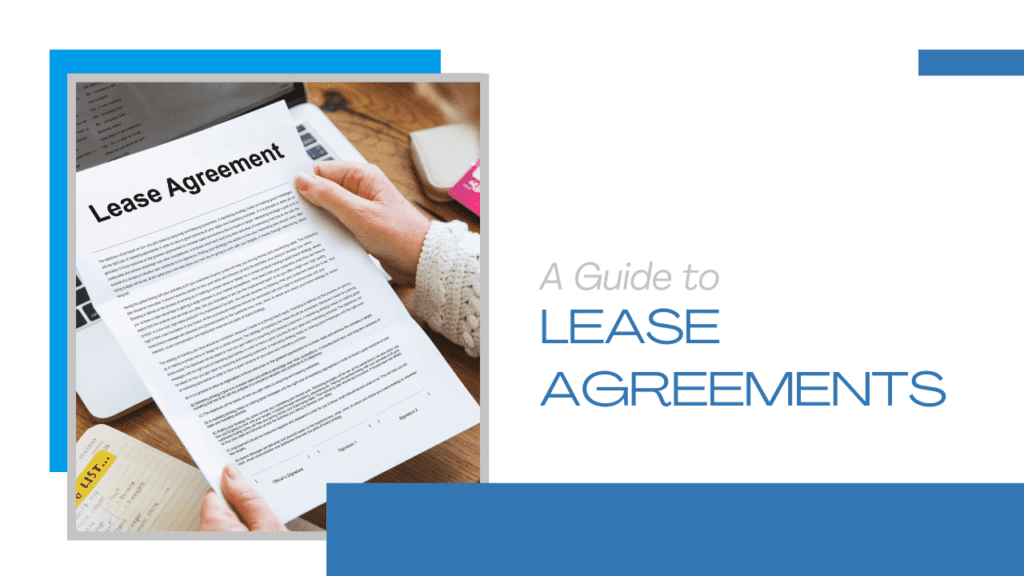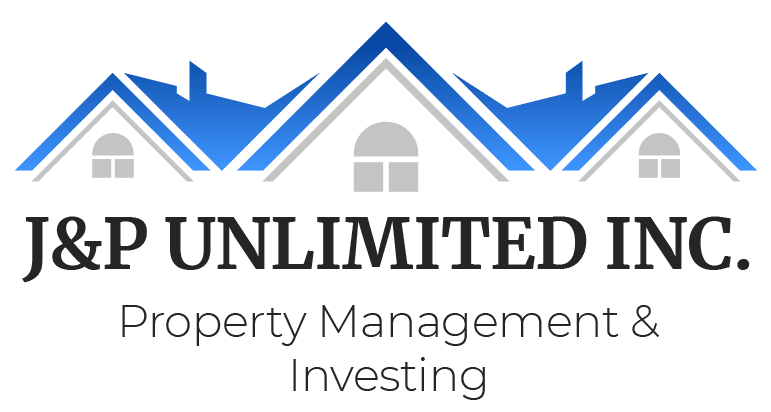
A lease agreement is the most important document in your rental business. It will establish boundaries and responsibilities as well as set expectations for the tenancy. The lease agreement is the first place you and your tenants will go if you have a question about something or if there’s a dispute over things like cleaning, security deposits, and landscaping roles.
Strong lease agreements are important. They have to be clear, specific, and legally compliant.
A good lease leads to a good rental experience for you and your residents.
Remember, too, that a lease agreement is a legally binding document that outlines the rights, responsibilities, and obligations of both the landlord and tenant. It is an essential tool that can help you avoid legal mistakes, protect your property, and ensure you get paid on time.
When you’re renting out a property in Myrtle Beach, Conway, Socastee, Surfside Beach, or Murrells Inlet, you’ll want to use a lease agreement that’s specific to South Carolina. Make sure you’re not pulling any lease template off the internet. Be intentional about language and form.
Lease Agreement Basics
A standard lease agreement, which is also known as a rental agreement, will have to include vital information and specifics, but it will start with something basic: the landlord and the tenant. Your lease will be signed by both parties, and the lease will also identify who is who.
You’ll need a lease agreement that identifies the property owner, the tenants, and if applicable, the property managers. Your lease must begin by listing all the people living in your property. Tenants will include every adult who was screened and is financially responsible for rental payments and the property. Include the names and contact information for all of your tenants, and add any occupants who are minors and not responsible financially.
The lease agreement should include the name of the property owner or owners. When you’re working with a property manager, it’s critical to include their name and contact information. That’s the person tenants will want to reach if something goes wrong, so they need to know how to reach them.
Rent Payment and Collections Policies
Your lease agreement should also contain clear guidance on rent payment terms and conditions.
Getting rent paid on time is crucial to the success of your rental property. Tenants must be held accountable for on-time payments, so this is a big part of your lease agreement. Include a specific and detailed rent collection policy, which includes:
- How much rent is due
- When rent is due
- How rent should be paid
- Whether there are any grace periods. When is rent considered late?
- Late fees and penalties for late or unpaid rent
Security deposits are also going to be part of any standard lease agreement. You’ll want your lease to reflect how much was collected and when, and under what conditions a tenant can expect to get their security deposit returned.
Maintenance Policies: Responsibilities and Reporting
Maintenance needs to play a large part in your lease agreement. Specify the tenant’s responsibilities concerning the upkeep of the rental property. This might include changing the air filters or having the carpet cleaned professionally once a year.
Is your tenant responsible for landscaping and lawn care? Make sure it’s in the lease. If you are renting out a home with a pool, establish who is responsible for cleaning and maintaining it.
Include your process for reporting maintenance. Typically, you’ll want tenants to call you with an emergency. Maybe you want a written repair request for routine fixes, however. Establish what an emergency is or isn’t. No one wants to be called in the middle of the night because a garbage disposal is stuck.
Lease Terms and Effective Dates
A lease agreement is a binding document with a specific termination date provided in the agreement. The lease should state specifically on which day it begins and which day it ends. You’ll want to be clear about what happens after the lease ends; does the rental agreement switch to a month-to-month situation, or is a lease renewal necessary? How much notice does your tenant need to provide if they don’t intend to renew the lease?
There are also various situations that may lead to the termination of the contract before the end of the tenancy agreement. The circumstances could be:
- Non-payment of rent
- Damage to the property
- Breaking any of the terms as stipulated in the lease agreement
You’ll have to enforce your lease, and the agreement should disclose how you plan to hold your tenants accountable when necessary.
Rules and Regulations in Lease Agreements
 The lease should also include a list of rules and regulations that tenants must follow.
The lease should also include a list of rules and regulations that tenants must follow.
This may include a pet policy, a smoking policy, and a policy on guests. You’ll want to establish parking rules and set up quiet hours. The lease must provide reasons that a landlord or property manager can enter the property.
Special inclusions are necessary if you’re renting out a property in an HOA. When you do this, the association will share their rules and regulations with you, and you’ll need to share those with your tenants. Include them in your lease agreement so tenants can easily reference them. Tenants can’t be expected to follow the HOA rules if they’re not aware of what they are.
A well-written lease agreement is a crucial tool that can help you run a successful rental property business. As a landlord, it’s essential to understand the basic elements of a lease agreement, including rent payment, property maintenance, and termination terms. The more effort you put into crafting a well-written agreement, the better able you’ll be to avoid legal disputes that can have a severe impact on your rental property business.
We know it’s not easy to put together a lease on your own. Reach out to a local property management company. Our team can help with this, so please contact us at J&P Unlimited. We manage investment properties in Myrtle Beach, Conway, Surfside Beach, Murrells Inlet, Socastee, Loris and the surrounding areas.
